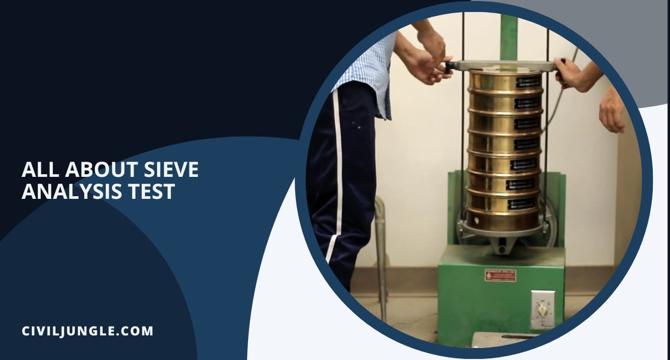Civiljungle
5d
119

Image Credit: Civiljungle
What Is Sieve Analysis Test | Sive Analysis Test for Coarse Aggregate | Sive Analysis Test for Fine Aggregate
- Sieve analysis is an analytical technique used to determine particle size distribution of granular material with macroscopic granular sizes.
- It involves the layering of sieves with different grades of sieve opening sizes, and is crucial for analyzing both coarse and fine aggregates.
- Commercial sieve analyzers weigh every individual sieve from the stack to determine weight distribution of particles.
- Particle size distribution may affect a wide range of physical and chemical properties, like the strength of concrete, solubility, surface area properties, and taste.
- There are two methods for sieve analysis - one for coarse aggregate and one for fine aggregate.
- Sieve analysis involves sieving the material through a stack of sieves with varying aperture sizes, starting from the coarsest to the finest.
- The different results obtained after sieving help in choosing proper sieve or sieves as well as to determine compliance with design and production requirements.
- The apparatus required for sieve analysis includes dry oven, sieves with different aperture sizes, weigh scale, a wire brush, metal trays, etc.
- The reporting of the sieving analysis of the particle size distribution of the aggregate is done through the percentage of cumulative weight distribution.
- Sieving analysis can be used to determine soil gradation, particle size distribution, and to classify coarse-grained soil.
Read Full Article
7 Likes
For uninterrupted reading, download the app